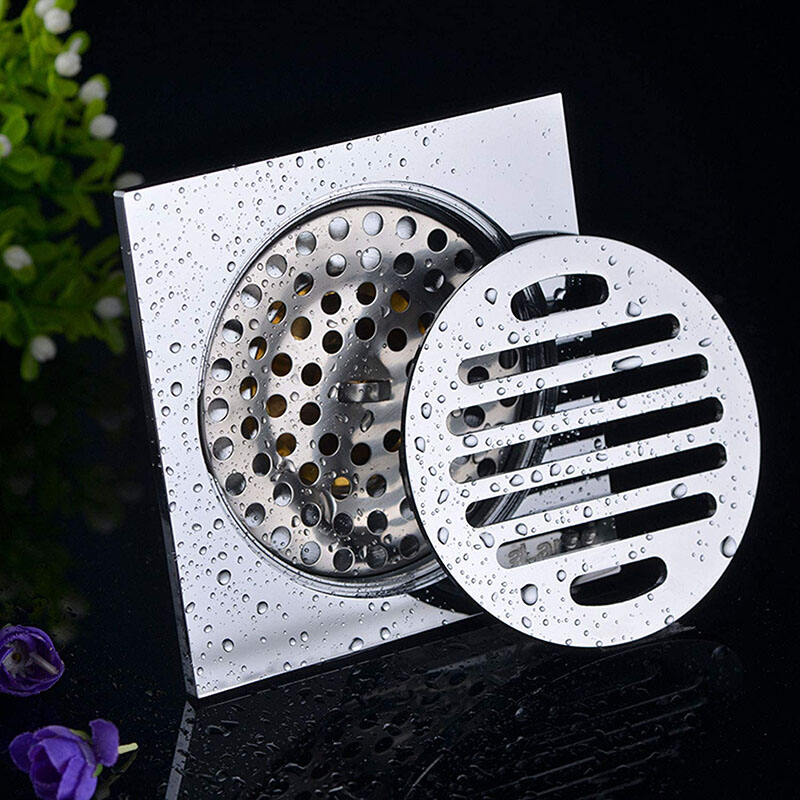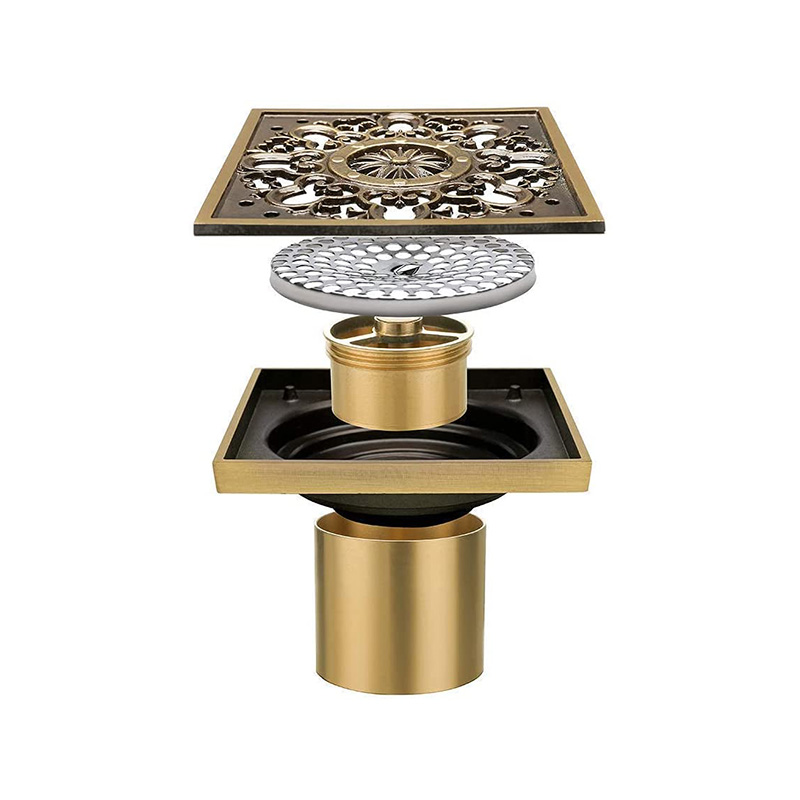From using a radiator and a sheet, to wrapping in a towel. And there’s tumble dryer hacks, too
As household costs continue to rise, many people will be looking for the best ways to dry laundry inside without sending their energy bills through the roof this winter. Outdoor Floor Drain

After a wash, you may want to put your machine on another spin cycle to get rid of any excess moisture. Your clothes will come out much drier. Be careful as this can sometimes cause some fabrics, such as cotton and linen, to crease.
You may want to adjust your machine to a lower spin setting – faster is not always better. It is also a good idea to give the washing a good shake once out of the machine, so you are not stuck with wrinkles.
When there is too much water in the air your clothes will not dry properly even if they are spread out on an airer, so they may smell musty or dank, which is never a good look. Dehumidifiers draw excess moisture from the air, and many people swear by them when it comes to helping prevent condensation and damp problems. Some people will already have one, while others may wish to invest in one – smaller budget dehumidifiers cost from about £35 onwards.
It doesn’t scream winter but if you want to turbocharge your indoor drying time, some people say you should put a desk fan by your airer and open a window or two. The fan will circulate the air, helping to dry your clothes faster and fend off mould. At just over 1p an hour, according to Sust-it’s electricity cost calculator, a standard desktop fan is a cheap dryer substitute and, thanks to the summer heatwave, you may already have one stuffed in a cupboard.
Most of us are trying to avoid putting the heating on until absolutely necessary but when you cave in, use the heat from your radiator and a bedsheet to create a tent of warm air around your clothes dryer without using any extra energy. The sheet acts like a clothes drying pod by trapping and circulating the warm air inside. Tip: if you don’t have a fitted sheet, use clothes pegs to secure it.
This may sound odd but wrapping your clothes in a towel is a really effective way of removing excess water and saving on drying time at no extra cost. Fold your towel lengthways and place your clothes along the top edge, then roll the towel up tightly into a sausage. The clothes will be so much drier than straight out of the machine, so will take less time to dry when hanging up.
Instead of layering your clothes on the airer, try hanging some. Most airers have holes for hangers on the corners but you can also hang clothes off the rungs. You can often fit more in this way and are helping to speed up the air-drying process by creating good ventilation between the garments. You can do the same with clothes rails – just leave a couple of inches between each hanger to ensure there is good airflow.
Not everyone has room for extendable airers, so try using a pull-out washing line. If you put one in a room designed to deal with condensation, such as a bathroom, you often don’t have to worry about damp or excess moisture in the air because of the extractor fan. Pulley clothes airers are also great for saving space because they live near the ceiling, so are out of the way. Just make sure you leave the door open after a shower so you don’t trap in more moisture.
Many people swear by a heated clothes airer. They can cost about £50 to £100 but at about 10p an hour, they use a lot less energy than a tumble dryer, which can cost £1.27 a cycle, Sust-it estimates. If you are really savvy, you may be able to find one secondhand on a site such as Facebook Marketplace or eBay.
Dryers can cost a lot but there are a few hacks you can try that may mean you don’t have to stop tumble drying completely. It can be easy to forget but make sure you remove any lint buildup from the filter after every cycle. Lint is made up of fibre particles that shed from clothes during the cycle, and if these clog the filter, it can stop the dryer working as efficiently and take longer to dry your clothes. You can clean the filter with a damp cloth or, if there is a lot of buildup, you can wash the filter with warm water under the tap. Make sure it is completely dry before you put it back in the machine. It only takes a couple of minutes and will save you money on your energy bills over time. It also reduces the risk of fire, so it’s really a win-win.
Meanwhile, if you put a dry towel in with your wet clothes for the first 15 minutes of the drying cycle, it can speed up drying time by absorbing some of the moisture in the load. This can help save you money because you won’t have to run the whole cycle. Your towel will also dry out pretty quickly if you hang it over a door.
There are a few types of dryer balls (sometimes called eggs) that you can chuck in with your clothes to speed up the drying process if you are feeling the pinch. Most of them cost less than £10, are designed to be reused over and over again, and can reduce drying times by about 25%. They work by stopping clothes sticking together, which allows the warm air to circulate better and dry clothes faster. Some even add a slight fragrance to your laundry, so you won’t have to keep buying fabric conditioner. Natural wool balls are a good eco-friendly option, and a must if you want to keep the noise down.
When you have a washing machine and dryer at home, launderettes may seem unnecessary. However, you can cut costs by washing at home and taking the load to the launderette to dry. It may not be practical to do this with every wash but if you have a heavy load, spending £2 to £3 once a week alongside air-drying could save you time and money.

Wet Room Drainage Problems This article was amended on 12 December 2022. It costs just over 1p an hour in electricity, not 1p a minute, to run a standard desktop fan.